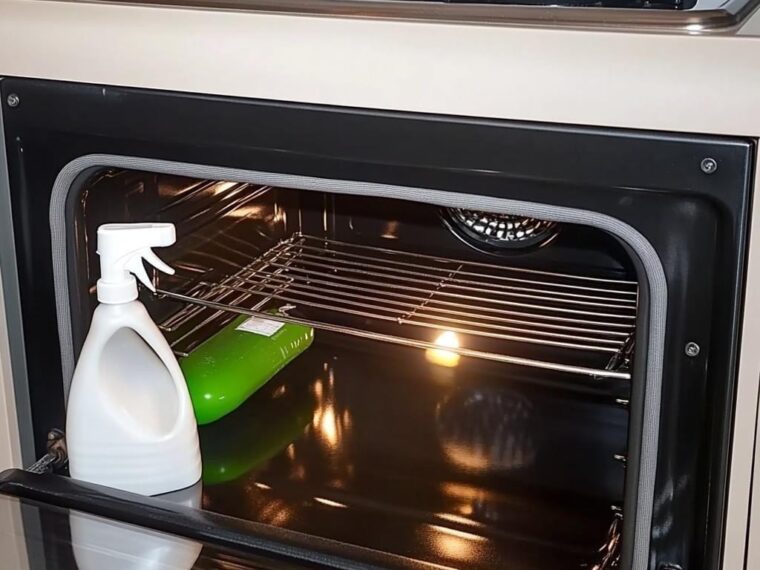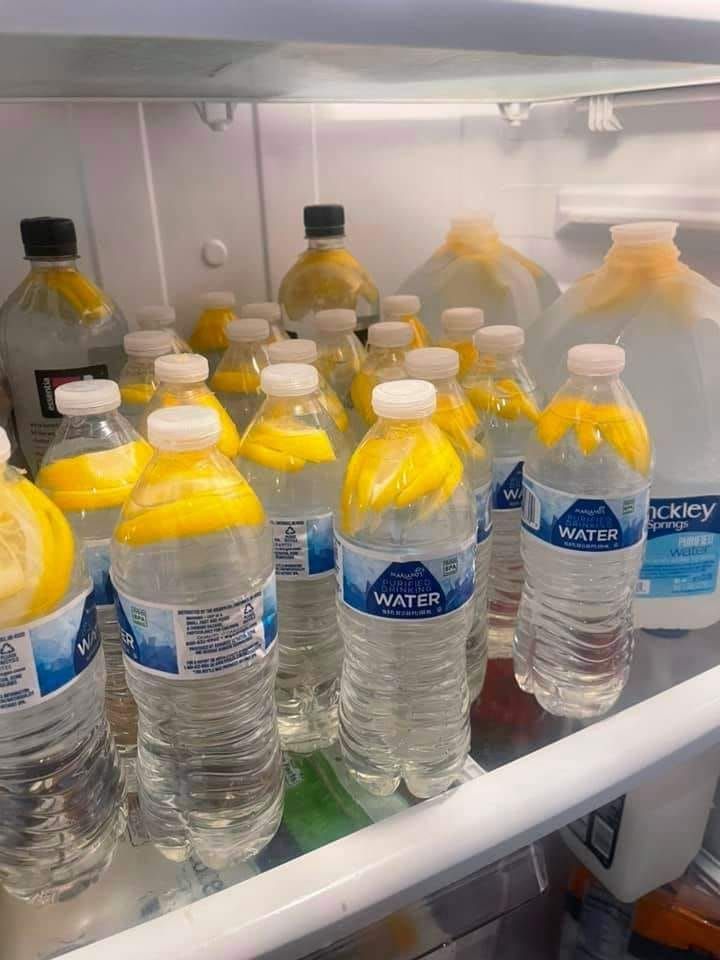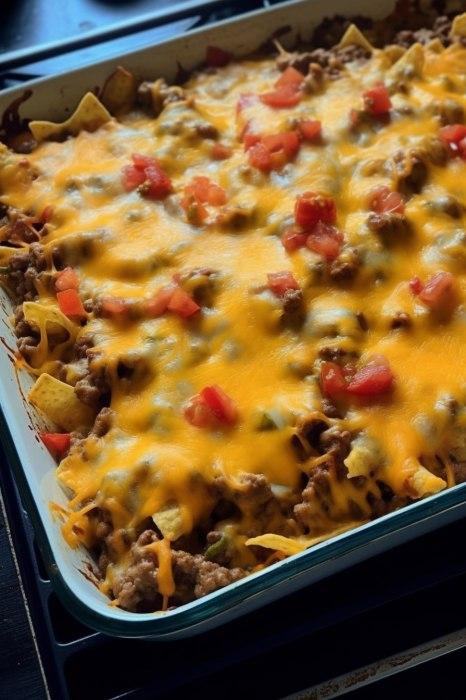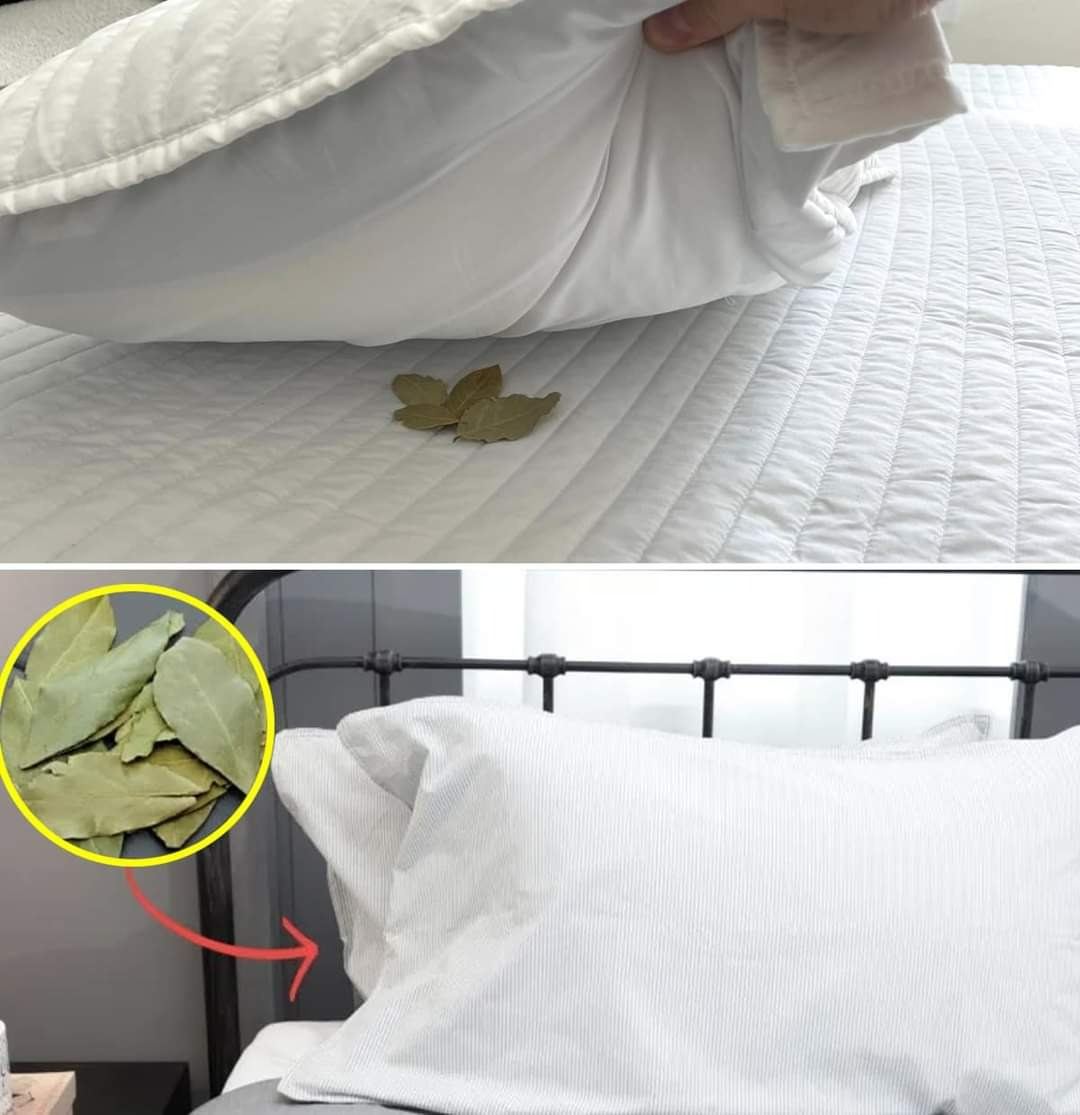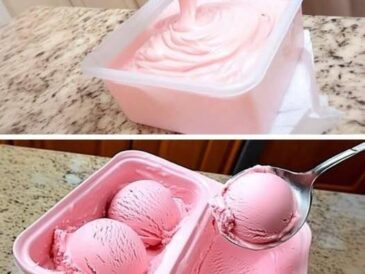Step 1: Prepare the Paste
In a bowl, combine ½ cup baking soda with 2 tablespoons of water. Stir well to create a thick, spreadable paste. Add a tablespoon of dish soap and mix until fully combined. If you want extra cleaning power and deodorizing, add 2 tablespoons of white vinegar—it will fizz and bubble, helping to break down stubborn grease. Add essential oils if using, and mix well.
Step 2: Apply the Cleaner
Put on gloves if desired. Spread the paste generously over the interior surfaces of your oven, focusing on greasy spots and areas with baked-on food. Avoid heating elements and vents. For best results, use a sponge or your hands to rub the paste into the grime gently.
Step 3: Let It Sit
Allow the cleaner to sit for at least 30 minutes, but for very dirty ovens, you can leave it overnight. The baking soda and soap work together to soften and lift stubborn residue.
Step 4: Scrub and Wipe
Using a damp sponge or old toothbrush, scrub the oven surfaces to break up the loosened grime. Wipe down thoroughly with damp cloths or paper towels, rinsing your cloth often. For any lingering residue, repeat the application on those spots.
Step 5: Final Rinse
Wipe the entire oven interior with a clean, damp cloth to remove any remaining cleaner. Leave the oven door open to air dry before use.
Tips for Best Results
- Test on small areas first: To ensure no damage or discoloration occurs.
- Use gloves: Baking soda is gentle, but the paste can be drying to skin.
- Avoid heating elements: Do not apply cleaner directly on heating coils or fan vents.
- Ventilate your kitchen: Although natural, good airflow helps when cleaning ovens.
- Clean oven racks separately: Soak racks in hot soapy water and scrub with a brush or steel wool.
- Regular maintenance: Clean your oven every few months to avoid heavy buildup.
Why Baking Soda and Vinegar Work So Well
Baking soda (sodium bicarbonate) is a mild alkali that dissolves dirt and grease in water. Its abrasive nature helps scrub off tough stains without scratching surfaces. Vinegar, an acid, reacts with baking soda, producing carbon dioxide bubbles that help lift grime and break down grease. This natural reaction is powerful enough to tackle heavy oven messes without resorting to harsh chemicals.
Additional Uses for This Cleaner
This homemade cleaner is versatile beyond the oven:
- Stovetop spills and grease
- Grill grates
- Microwave interiors
- Kitchen countertops (test first)
- Bathroom tiles and sinks
Safety Precautions
- Always avoid mixing vinegar with bleach or commercial cleaners—this produces toxic gases.
- Do not ingest any cleaning solutions.
- Keep out of reach of children and pets.
- Rinse surfaces well before food contact.
Final Thoughts
Cleaning your oven doesn’t have to be a chore filled with harsh chemicals and strong odors. With this simple homemade oven cleaner, you can easily tackle grease and grime while keeping your home safe and environmentally friendly.
Give this recipe a try—you might be surprised how effective, inexpensive, and easy natural cleaning can be. Your oven will thank you with a fresh, sparkling shine!
If you want, I can also create printable recipe cards or step-by-step guides for this cleaner. Just ask!
Would you like a similar natural cleaning recipe for other household chores?

